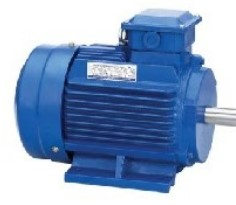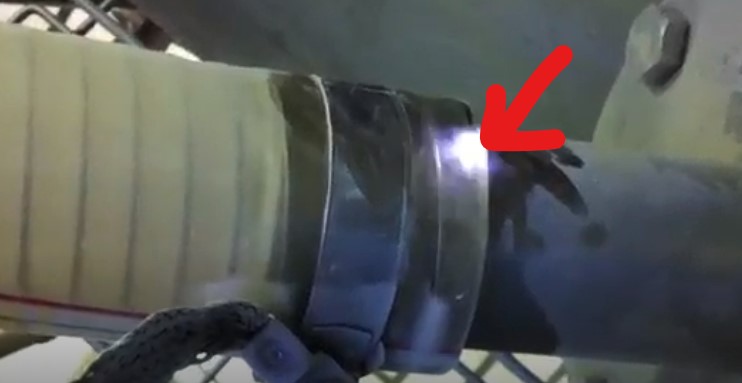
Dust explosions : Ignition sources of dust clouds
List of possible ignition sources of powder to be assessed in dust explosion risk analysis
Question or remark ? Please contact us at admin@powderprocess.net
| Section summary |
|---|
| 1. What causes
dust explosions |
| 2. List of
ignition sources |
Powder and bulk solids handling factories must be able to identify the potential ignition sources of dust clouds in order to prevent explosions. Keys infos on electrostatics discharges, mechanical sparks, open flames are given in this page and can be used in risk assessments.
1. What causes dust explosions
After defining the zoning
of the process and the process area, a dust explosion risk
analysis requires to review every source of ignition in order to
identify risks that would be unacceptable and require action. The
table below aims at summarizing those different sources of ignition
to guide the engineer in his risk assessment.
2. Sources of ignition - causes of dust explosions
The table below gives an overview of the different sources of ignition of dust clouds. Clicking on the links in the 1st columns will give you more infos.
| Ignition source | Definition |
|---|---|
| Electrical equipment | In case of malfunction, electrical equipment can generate
electrical sparks energetic enough to trigger the explosion of
a dust cloud Hot surfaces : For equipment generating heat, the maximum temperature must be lower than the temperature required to ignite dust layers or dust cloud  |
| Electrostatic discharges | The study of risks related to electrostatic discharges must
be subdivided by analysing the following phenomena :
 |
| Mechanical sources | Mechanical malfuntions can also lead to dust explosion if
the energy released is sufficient. It can due to :
|
| Open flames |
Works in the production area can be a source of ignition if it involves activities like welding or cutting |
Top
5 Most Popular
1.
Pneumatic transport design guide
2. Ribbon
blenders
3. Powder mixing
4. Hoppers design guide
5. Measuring degree of
mixing
------------------
Top 5 New
1. Continuous Dry Mixing
2. Mixing speed
3. Mixer cycle time
optimization
4. Batch
/ continuous mixing comparison
5. Energy Savings